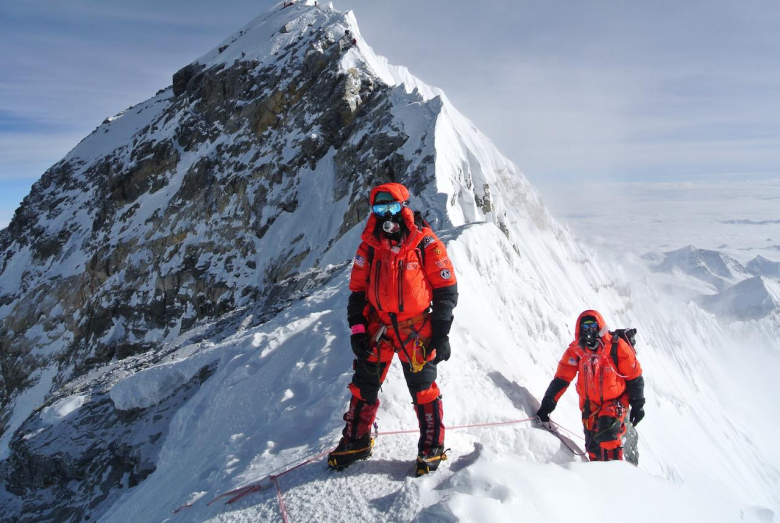An expedition to the summit of Mount Everest typically takes between six and ten weeks. The aggregate of two months is the norm. This involves a lengthy process. It starts with gathering supplies, completing the Everest Base Camp, and acclimatizing. Then you move forward, climbing to higher peaks, and ultimately attempting the summit. There will be several other acclimatizing on the way.
The first step is to arrive in Kathmandu, the capital of Nepal. From there, a much smaller aircraft will take you to the town of Lukla. The ominous airport of Lukla is perched precariously on a cliff. You can hike there or fly there to reach Mount Everest Base Camp.
You now need to adjust to the extremely high altitude. Otherwise, you will experience severe mountain sickness. You may require a medical evacuation even if you only have minor health issues, such as a severe cold, the flu, or diarrhea.
You will begin your ascent to the higher camps from Base Camp. These are primarily for acclimatizing your body to the altitude but also in part to stock the higher camps for the final attempt. Normally, this process takes three to six weeks.
The summit attempt will begin from Base Camp and proceed to Camp 2. You will spend the night here before continuing on to Camp 3. You will then proceed to Camp 4, the highest camp before the summit. It is just below the so-called “Death Zone” at about 8,000 meters.
Climbers usually try to sleep from Camp 4 on, though they can usually only get a little rest. The summit attempt will start as soon as the weather permits it. Typically, climbers leave late at night, around 11 p.m. The climb to the summit can take six to ten hours. After the summit, it takes about half that time to return safely to Camp 4.
The most hazardous part is frequently getting back. Many climbers are mentally and physically exhausted after spending hours climbing and exerting themselves to reach a summit. You have a much better chance of surviving if you can return to Camp 4 and find a tent.
With stops at various camps, returning to Base Camp is doable in one or two days. A few days will be needed for the celebration, eating, and rest. Then you can fly to Kathmandu after trekking or taking a chopper back to Lukla.
Acclimatization, Everest Base Camp trek, and weather are the three main factors that make climbing Everest long.
It’s crucial to get acclimatized at base camp before continuing on to camps 1, 2, and 3. You must ensure that your body is prepared for the altitude. That entails climbing to Camp 1 and checking your well-being before attempting to reach Camp 2. You’ll probably return to Camp 2 once you’ve successfully reached Camp 3 without incident. Hence, acclimatization is essential and you should not skip it.
But you might get pretty weather based on your time of travel. Good weather would also allow you a pricey helicopter ride from Base Camp to Lukla to skip the trek. If not, the trek will take 8 to 14 days, depending on rest and acclimatization.
Therefore, these are the reasons for factoring in the 2 months long Everest expedition.

